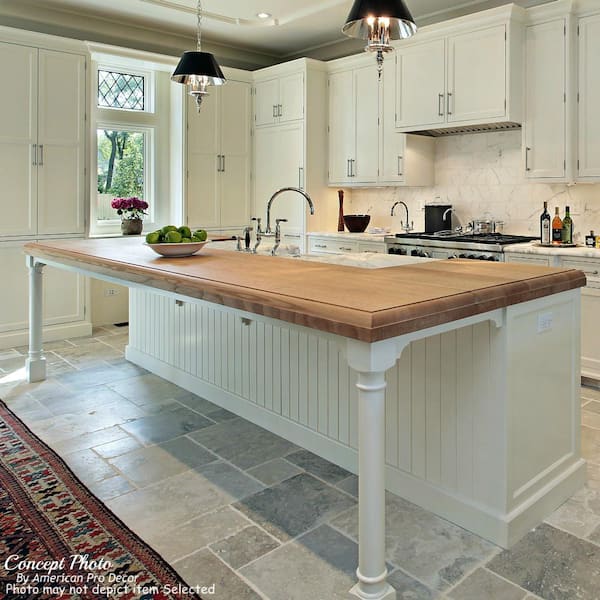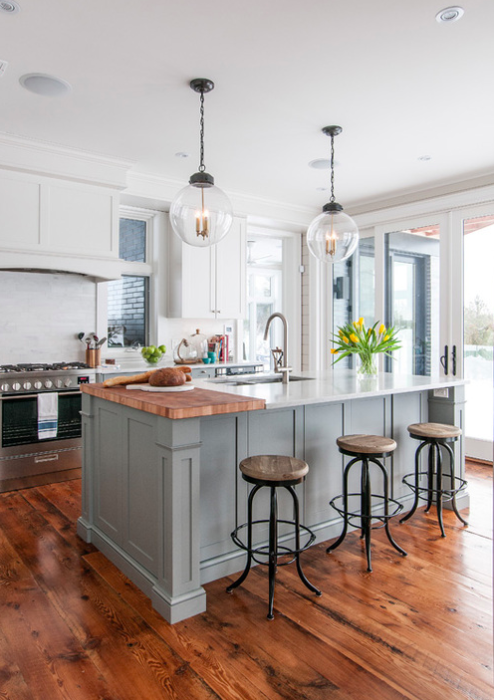The Leading Kitchen Island Leg Styles to Enhance Any Kind Of Design Aesthetic
The Leading Kitchen Island Leg Styles to Enhance Any Kind Of Design Aesthetic
Blog Article
The Relevance of a Sturdy Kitchen Area Island Leg in Creating a Functional Cooking Location
A durable cooking area island leg offers as a fundamental component in developing a practical cooking environment, offering necessary support for both the kitchen counter and numerous kitchen area tasks. The stability it provides can substantially decrease the threat of accidents in high-traffic areas, while also adding to the total aesthetic coherence of the space. As kitchens progress into multifunctional areas for cooking, eating, and mingling, the option of products and design factors to consider for island legs becomes progressively essential. Comprehending these elements can change your kitchen right into a much safer and more reliable location, prompting additional exploration into the very best options available.
Benefits of Sturdy Island Legs
Giving necessary assistance, tough kitchen island legs play a critical duty in enhancing the performance and sturdiness of kitchen area islands - kitchen island leg. These legs not only bear the weight of the counter top and any type of added products positioned on the island, however additionally add to the total security of the framework. A well-supported kitchen area island ensures that it continues to be practical and upright, even under hefty use, which is specifically important in active kitchen settings
Moreover, sturdy island legs can improve the aesthetic charm of the kitchen. They provide a solid framework that can match numerous design styles, from modern to traditional. This adaptability allows property owners to personalize their kitchen area islands according to personal preference while guaranteeing that the structural honesty stays uncompromised.
In addition to their supportive function, durable kitchen island legs can additionally improve security. Inevitably, spending in strong kitchen area island legs is crucial for a useful and aesthetically pleasing cooking area.
Products for Cooking Area Island Legs
When picking materials for kitchen area island legs, toughness and visual charm are vital elements to consider. The most common products consist of hardwood, steel, and crafted wood, each offering unique advantages.
Wood, such as cherry, oak, or maple, is a traditional option due to its toughness and classic elegance (kitchen island leg). It can stand up to significant weight and is immune to wear, making it perfect for high-use cooking area environments. Furthermore, wood can be discolored or repainted to match numerous kitchen area designs
Steel legs, frequently crafted from stainless steel or wrought iron, offer a modern-day and industrial look. They are extremely strong and can sustain significant tons while being immune to moisture and warm, which is beneficial in a cooking location. Metal legs can likewise be conveniently cleaned, boosting their practicality.

Design Factors To Consider for Stability
The selection of products for kitchen area island legs directly affects the design factors to consider for stability. When designing a cooking area island, it is vital to assess the weight-bearing ability of the selected products. Much heavier materials, such as strong wood or steel, typically give greater stability, especially under the stress and anxiety of everyday usage.
Additionally, the leg layout must integrate appropriate geometry to enhance security. A wider base boosts the assistance area, lessening the risk of tipping or tottering. Consideration needs to also be provided to the height of the legs; disproportionate leg sizes can lead to discrepancy, endangering the general security of the island.
Additionally, the distribution of weight throughout the island is essential. Making sure that the leg placement aligns with the heaviest parts, such as devices and kitchen counters, will certainly additionally enhance stability.
Maintenance Tips for Long Life

Depending on the product of the legs-- whether wood, metal, or composite-- ideal cleansing methods should be utilized. Metal legs might require a light polish to avoid rust and maintain their radiance.
Furthermore, tightening screws and bolts routinely can ensure stability and prevent tottering. If the cooking area island experiences hefty use, consider strengthening the legs with additional braces or sustains to boost resilience. Last but not least, using a safety surface or sealant can protect against dampness and stains, extending the life expectancy of the legs. By complying with these maintenance suggestions, click reference homeowners can guarantee their kitchen area island legs stay useful and durable for many years to come.
Choosing the Right Leg Style
Regular maintenance makes sure that kitchen island legs remain practical and durable, however choosing the best leg style is similarly essential for both appearances and assistance. The selection of leg design can substantially affect the overall style and consistency of your kitchen.

Performance is an additional crucial facet. As an example, thicker legs or those with a strong base can support heavier kitchen counters and tools, boosting the island's energy. On the other hand, slim legs may produce a ventilated look, appropriate for lighter styles however potentially less helpful.
Final Thought
In recap, the importance of durable kitchen area island legs can not be overstated in the creation of a functional cooking location. These legs give important support, enhance stability, and contribute to the total visual of the cooking area. By meticulously choosing suitable materials and layouts, along with carrying out appropriate maintenance techniques, the longevity and performance of kitchen area islands can be made sure. Eventually, investing in durable island legs is essential to accomplishing a reliable and risk-free culinary setting.
A strong kitchen island leg offers as an essential component in developing a practical food preparation atmosphere, providing needed support for both the counter top and different cooking area activities.Providing crucial support, tough kitchen island legs play a crucial role in boosting the performance and durability of kitchen area islands. Ultimately, investing in tough kitchen island legs is important for a useful and visually pleasing their website cooking area.
Factor to consider should also be given to the elevation of the legs; out of proportion leg sizes can lead to discrepancy, endangering the general stability of the island.
Wooden legs offer heat and a traditional look, while metal legs use a modern and industrial feeling.
Report this page